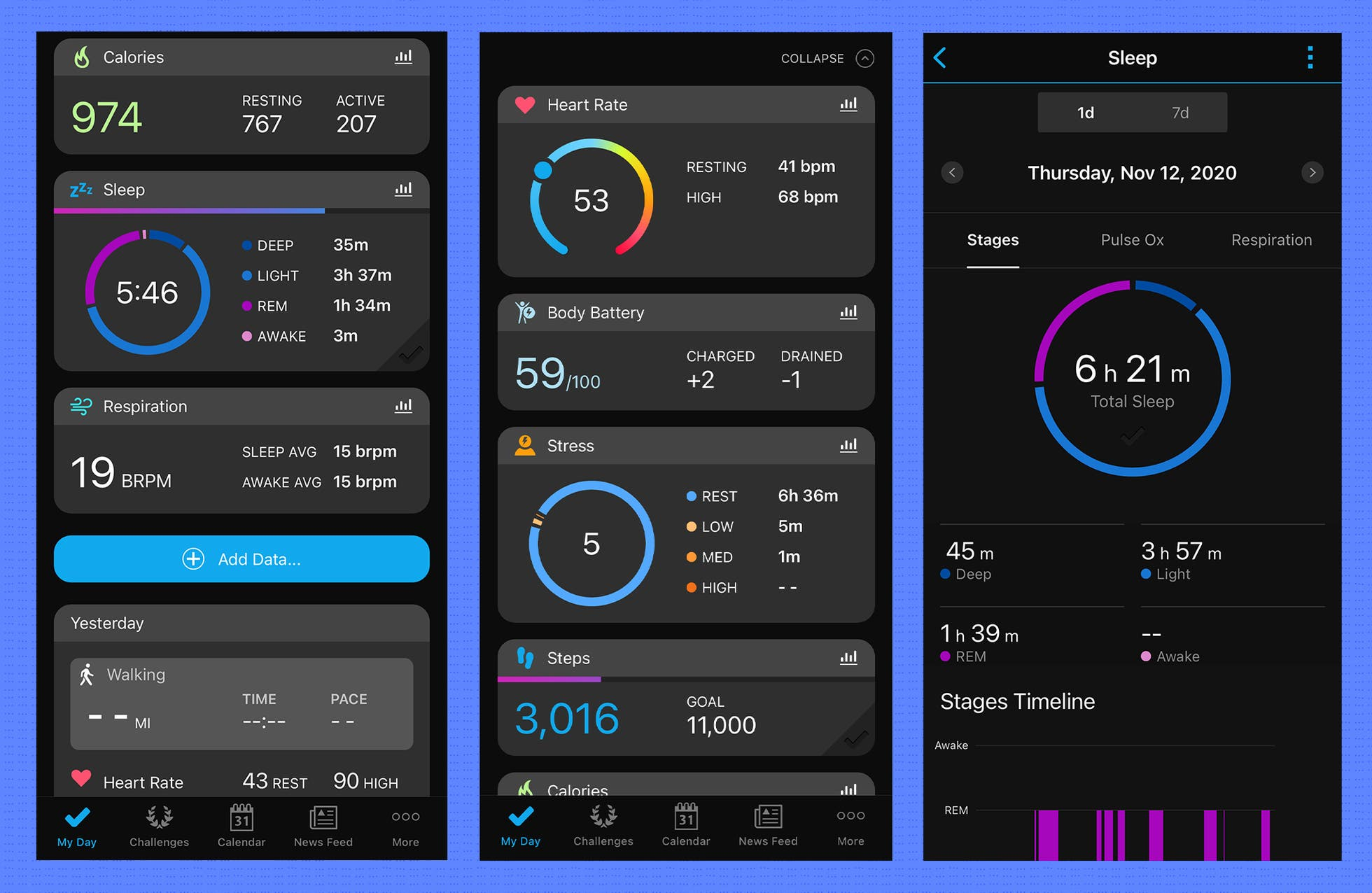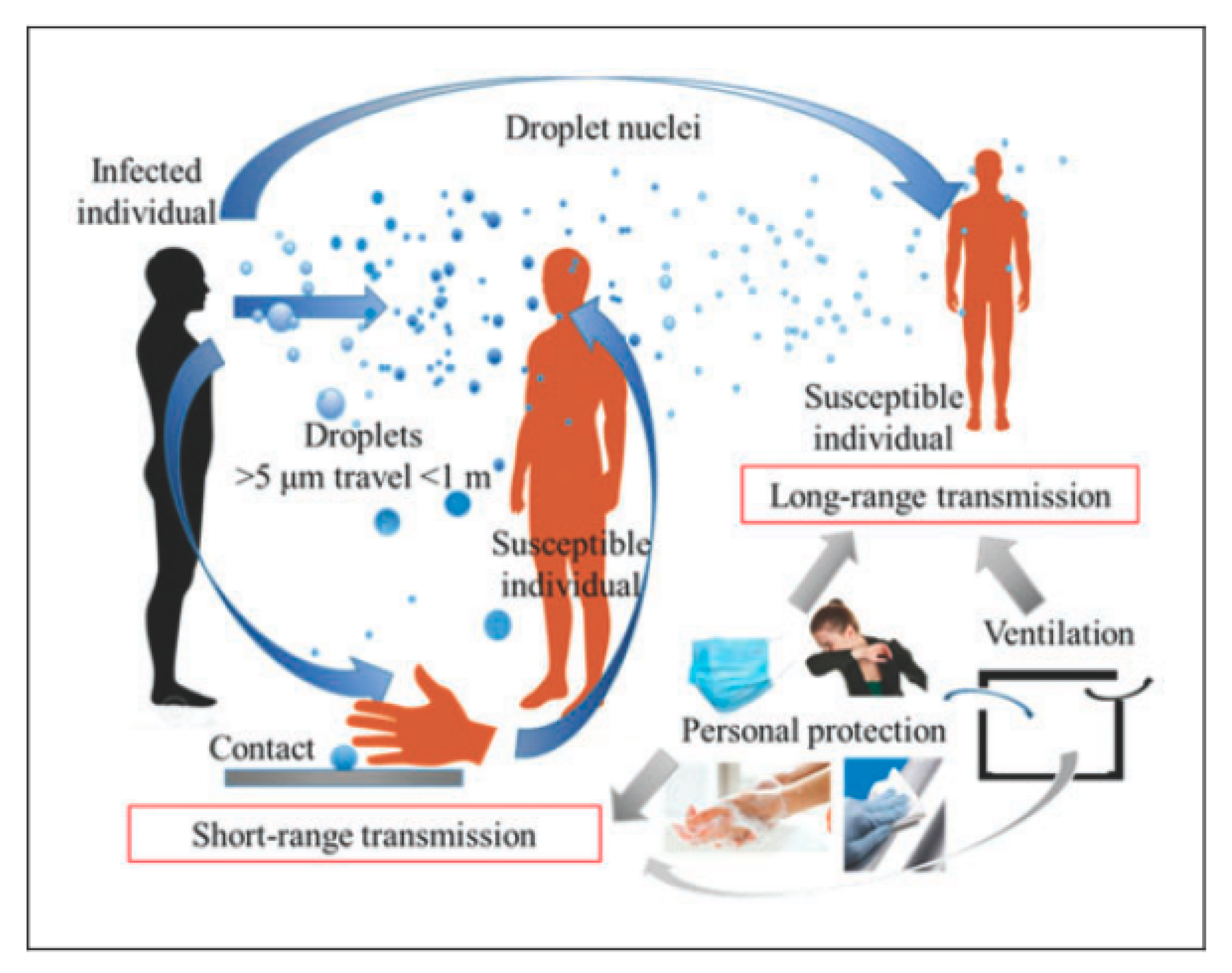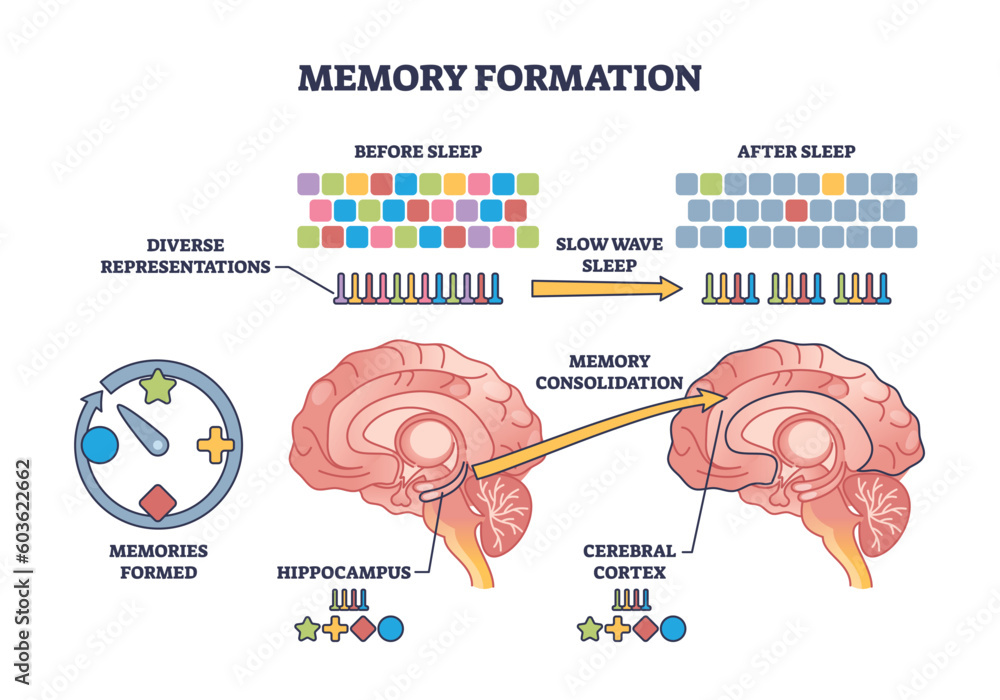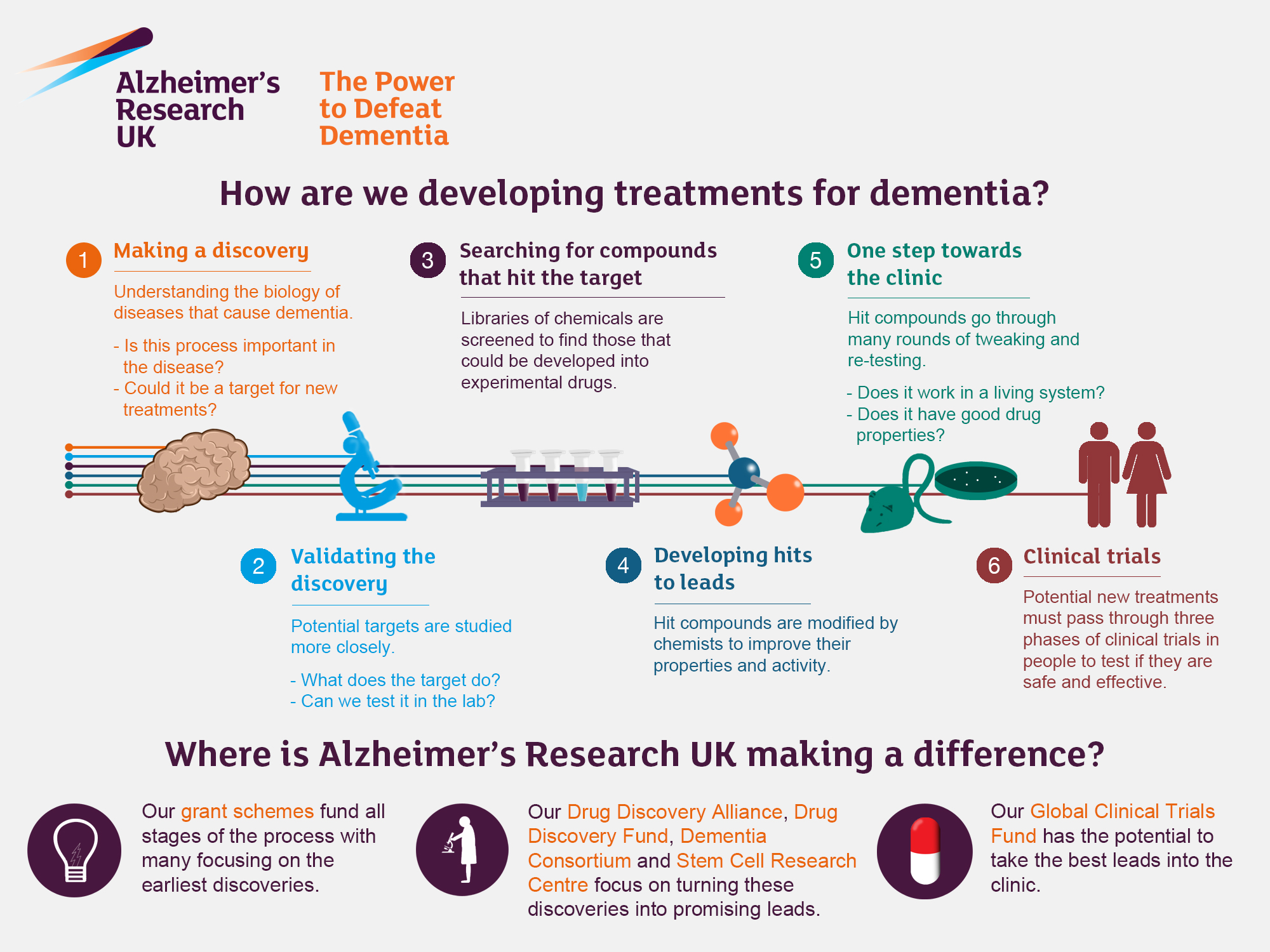Health tracking has emerged as a vital tool in understanding the intricate relationships between our cognitive functions and our overall well-being. It is particularly significant in the realm of memory formation, where breakthroughs like the EPSILON technique pave the way for enhanced insights into synaptic plasticity and its impact on neurological disorders such as dementia. Researchers are now able to map the molecular underpinnings of how memories are formed, providing essential information that could lead to new therapies for those suffering from cognitive impairments. With a focus on the synaptic architecture of the brain, health tracking not only sheds light on the processes underlying learning but also offers hope for significant advancements in dementia research. As we delve deeper, the connections between our daily health habits and memory function become clearer, indicating the importance of monitoring our health closely to foster cognitive longevity.
Monitoring health conditions has become increasingly paramount in the exploration of cognitive health and memory dynamics. Concepts like cognitive monitoring and wellness tracking open new avenues for research into how the brain operates and adapts, particularly concerning memory retention. Techniques such as the EPSILON method are revolutionizing our understanding of synaptic behaviors, illuminating pathways crucial for addressing disorders affecting cognitive function including Alzheimer’s disease. In this landscape, the analysis of memory creation and neurological patterns not only aids in dementia research but also enhances our general awareness of how lifestyle factors contribute to memory establishment and retrieval. By harnessing these insights, we can foster better health practices that ultimately support the brain’s health and resilience.
The Importance of Health Tracking in Memory Research
Health tracking plays a crucial role in memory research, particularly with advancements like the EPSILON technique. By continuously monitoring various biological markers, researchers can gain insights into how memory formation is influenced by different health states. This ongoing analysis allows scientists to observe fluctuations in synaptic plasticity and its relationship to neurological disorders, such as Alzheimer’s disease and other dementias. With more precise health tracking, we can develop tailored interventions that address specific deficits in memory processes, thereby enhancing the overall efficacy of treatment.
Moreover, the significance of health tracking extends beyond mere observation; it serves as a predictive tool. By identifying patterns in synaptic changes over time, researchers can forecast potential memory complications before they become apparent. This proactive approach could transform how we manage age-related cognitive decline and support those at risk for neurological disorders. With continuous health tracking, we are laying the groundwork for more effective solutions to prevent or mitigate the impacts of memory impairment.
Understanding Synaptic Plasticity and Memory Formation
Synaptic plasticity is the cornerstone of memory formation, responsible for adapting and reconfiguring neural connections based on new experiences. It allows for the dynamic strengthening and weakening of synapses—essentially the communication pathways between neurons. The latest findings utilizing the EPSILON technique shed light on this complex process, illustrating how specific proteins like AMPARs are regulated and contribute to synaptic efficiency. Understanding these mechanisms not only clarifies basic memory processes but also illuminates potential paths for developing treatments for neurological disorders that disrupt these very functions.
The research highlights the historical aspects of synaptic plasticity, allowing scientists to map how these changes correlate with memory formation over time. By visualizing the interactions within synapses during key learning moments, researchers can discern patterns that govern memory storage and recall. This enhanced comprehension of synaptic behavior aids in elucidating the processes behind various types of memories, thereby paving the way for innovative therapeutic strategies in dementia research, where restoring synaptic function could reverse cognitive decline.
Innovations in Neuroscience: The EPSILON Technique
The EPSILON technique represents a groundbreaking advancement in neuroscience, providing unprecedented clarity regarding the molecular underpinnings of memory. By utilizing precise fluorescent labeling to track essential proteins within synapses, researchers can observe real-time dynamics of how learning takes place at the synaptic level. This technique not only enhances our understanding of synaptic plasticity but also holds promise for future therapies targeting neurological disorders that impair memory function.
By focusing on the roles of AMPARs during synaptic activity, the EPSILON technique reveals intricate details about how these proteins influence synaptic strength and memory retention. As research continues to evolve with EPSILON, the potential for discovering new pathways to enhance cognitive health becomes increasingly viable. This innovative approach is positioned to bridge the gap between basic neuroscience and therapeutic applications, ultimately contributing to better treatment strategies for those suffering from memory-related conditions.
The Relationship Between Memory and Neurological Disorders
Understanding the relationship between memory formation and neurological disorders is crucial for developing effective treatments. Conditions like Alzheimer’s disease are characterized by synaptic dysfunction, which directly impacts memory and cognitive abilities. By studying the dynamics of synaptic plasticity through methods like the EPSILON technique, researchers can identify specific dysfunctions that lead to these disorders. This knowledge is instrumental in targeting therapies that aim to restore synaptic health and improve cognitive function.
Moreover, the findings related to AMPAR trafficking during memory formation hint at potential biomarkers for early diagnosis of neurological disorders. As researchers gain insight into the synaptic changes associated with memory loss, it creates opportunities for intervention strategies that could halt or even reverse the progress of disorders like dementia. The interplay between memory mechanisms and neurological impairment underscores the importance of ongoing research in this area, highlighting how breakthroughs in understanding can pave the way for enhanced health outcomes.
Exploring Future Applications of the EPSILON Technique
The EPSILON technique is not only a milestone in memory research but also opens doors to a multitude of future applications in the study of cognitive phenomena. By allowing researchers to map synaptic interactions with greater precision, the technique could be applied to a variety of learning contexts, including but not limited to different forms of memory encoding and retrieval. This versatility will enable scientists to explore how various factors influence memory formation and potential therapeutic targets across a range of neurological disorders.
As EPSILON becomes more widely adopted in laboratories around the globe, its applications may extend beyond traditional memory studies. For instance, researchers could utilize this technique to investigate synaptic changes in response to therapeutic drugs or behavioral interventions, providing tangible insights into how these treatments modulate memory pathways. By continuously expanding the scope of the EPSILON technique, the scientific community can harness its power to develop innovative, targeted strategies for treating memory impairments and other cognitive challenges.
Synaptic Interactions: Key to Learning Memories
Investigating synaptic interactions is pivotal for unraveling the complexities of learning and memory. When we grasp how synapses adjust during the learning process, we gain access to the very mechanisms that underlie our experiences and knowledge. Research leveraging the EPSILON technique highlights how synaptic changes are tightly linked with memory retention. By keenly observing these interactions, the scientific community can better understand why certain memories endure while others fade.
These explorations into synaptic interactions also underscore the potential to harness such knowledge for therapeutic purposes. By recognizing the conditions or stimuli that enhance synaptic connection strength, researchers could guide the development of interventions aimed at bolstering memory processes, especially in populations at risk for cognitive decline. This focus on synaptic behavior as a fundamental aspect of learning provides the impetus for advancing research in cognitive neuroscience and its application in real-world settings.
Mapping Synaptic Plasticity Over Time
Mapping synaptic plasticity over time offers a unique window into the brain’s learning processes. With the advent of the EPSILON technique, researchers can now track the historical record of synaptic adaptations that occur during memory formation. This chronological approach allows for a deeper understanding of how memories are consolidated and how the brain organizes information. As researchers analyze synaptic changes at multiple time points, they can begin to elucidate the intricate rules governing memory dynamics.
The ability to observe synaptic changes through time can also inform therapeutic efforts for those with neurological impairments. By identifying the key moments of synaptic strengthening or weakening associated with learning experiences, targeted strategies can be developed to intervene at critical junctures. This innovative approach not only enhances the basic understanding of how memories are formed but also fosters the development of advanced therapies aimed at restoring cognitive function in neurological disorders.
The Role of Basic Science in Medical Advancements
Basic science plays an invaluable role in the progress of medical advancements, particularly in the context of neuroscience. The EPSILON technique exemplifies how foundational research can lead to transformative discoveries that enhance our understanding of complex phenomena like memory formation. As researchers delve into the molecular intricacies of synaptic plasticity, the information gained feeds into potential clinical applications, showcasing the intertwined nature of basic and applied science.
Furthermore, the journey from basic science breakthroughs to medical solutions emphasizes the need for ongoing support and investment in fundamental research. Scientists must be given the resources and opportunities to explore the basic principles governing brain function without the immediate pressure to produce direct clinical outcomes. This commitment to foundational research can catalyze robust innovation, ultimately fostering new therapies that improve human health and combat neurological disorders that affect memory and cognition.
Dementia Research: Insights from Innovative Techniques
Dementia research stands to benefit immensely from innovative techniques like EPSILON. As scientists map the synaptic changes associated with memory formation, they can pinpoint disruptions that lead to cognitive decline in conditions such as Alzheimer’s disease. This advanced understanding not only aids in identifying potential biomarkers for early diagnosis but also enhances the development of therapeutic strategies aimed at mitigating the effects of dementia.
The insights gained from these innovative techniques allow researchers to examine cognitive phenomena and their underlying synaptic processes. As EPSILON continues to unveil the complexities of synaptic plasticity, it brings researchers closer to understanding the etiology of dementia. This progress is vital in shaping interventions that address the root causes of memory loss and cognitive impairment, laying the groundwork for future breakthroughs in dementia care and treatment.
Frequently Asked Questions
How does health tracking relate to memory formation and learning processes?
Health tracking is crucial as it provides insights into how memory formation occurs through the examination of synaptic plasticity. By understanding the health of neural connections, researchers can investigate how learning occurs and which factors enhance or impair memory pathways.
What is synaptic plasticity and why is it important in health tracking?
Synaptic plasticity refers to the brain’s ability to strengthen or weaken synapses based on experience, which is vital for learning and memory. Health tracking techniques can assess changes in synaptic structures, offering valuable data for understanding neurological disorders and optimizing cognitive functions.
How is the EPSILON technique transforming dementia research and health tracking?
The EPSILON technique revolutionizes dementia research by allowing for detailed mapping of synaptic interactions at a molecular level. This health tracking method helps identify the specific proteins involved in memory formation and synaptic plasticity, leading to potential new therapies for Alzheimer’s and other neurological disorders.
What role do AMPARs play in health tracking related to memory and learning?
AMPARs are essential proteins in synaptic plasticity that facilitate communication between neurons. Health tracking of AMPAR activity provides crucial insights into how memories are formed and retained, making this information key for developing interventions for memory-related disorders.
Why is studying synaptic architecture essential for health tracking in neurological disorders?
Studying synaptic architecture through health tracking enables scientists to understand the intricate changes that occur in neural connections associated with neurological disorders. This information is instrumental for formulating targeted therapies that can restore or enhance cognitive function in affected individuals.
How can health tracking through the EPSILON technique influence treatment strategies for learning impairments?
Health tracking using the EPSILON technique allows researchers to visualize synaptic changes over time, aiding in the development of targeted treatments that can enhance learning capabilities by optimizing synaptic strength associated with specific memory tasks.
What advancements in health tracking have been made for studying memory traces in the brain?
Recent advancements in health tracking techniques, particularly the EPSILON method, have enabled researchers to map memory traces or engrams in living brains. This helps to reveal how specific memories are encoded and the synaptic changes involved in their formation.
How does health tracking contribute to our understanding of cognitive functions?
Health tracking enhances our understanding of cognitive functions by providing essential data on how synaptic interactions evolve with learning and memory formation. It allows researchers to correlate these changes with cognitive performance and identify potential interventions for cognitive impairments.
| Key Point | Details |
|---|---|
| New Technique | Extracellular Protein Surface Labeling in Neurons (EPSILON) allows mapping of proteins essential for synaptic signal transmission. |
| Significance | Insights from EPSILON could lead to new therapies for neurological disorders like dementia. |
| Role of Synapses | Synaptic plasticity is crucial for learning and memory, with AMPARs being central to these processes. |
| Research Collaboration | The study involved multiple researchers, including students and scholars, highlighting collaborative efforts in science. |
| Potential Applications | EPSILON’s initial applications include studying fear conditioning in mice to correlate synaptic behavior with memory. |
| Next Steps | Future research will utilize EPSILON to deepen the understanding of synaptic regulation and cognitive phenomena. |
Summary
Health Tracking is revolutionized by advancements in neuroscience, particularly with the introduction of the EPSILON technique at Harvard. This innovative method provides a detailed look at how synaptic connections in the brain facilitate learning and memory formation, paving the way for potential treatments for conditions like dementia. As researchers unveil the intricate processes of synaptic plasticity, we are poised to enhance our understanding of memory disorders and develop more effective therapeutic strategies.



